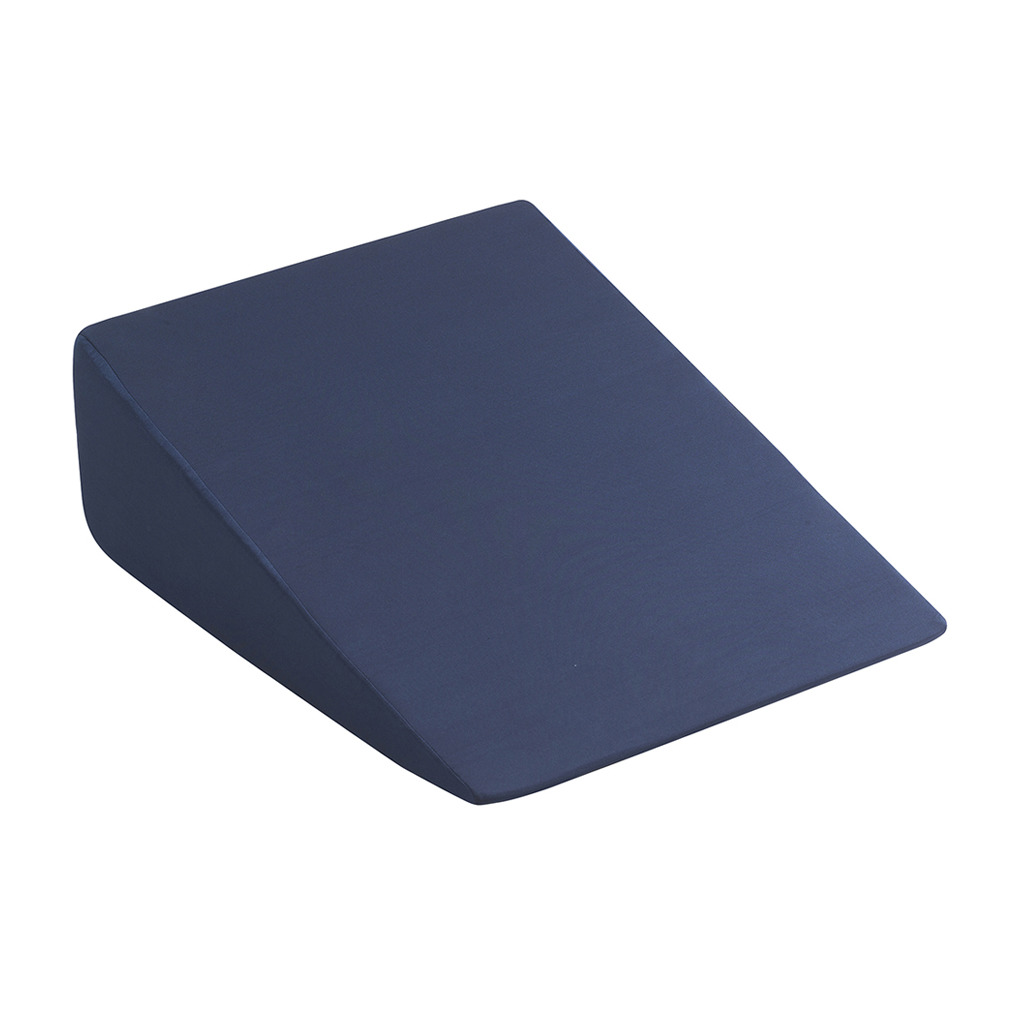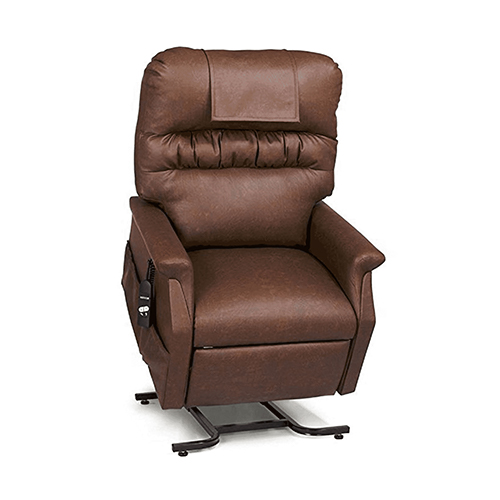Nursing Homes Across the Country Are Closing Personal Injury Lawyer Brooklyn NY
Table of Content
- BILLING - Integrated Outpatient Services Regulations
- Integrated Aged & Chronic Care: Closing address - ARCHI
- A Rural Hospital’s Excruciating Choice: $3.2 Million a Year or Inpatient Care?
- HealthPartners to close home care unit, cut 70 St. Paul jobs — third round of layoffs in six weeks
- Clinics & hospitals
- HealthPartners to close home care unit, cut 70…
Name, title, telephone # and email address of the individual responsible for coordinating closure, if different from the individual identified in #3. If more than one individual has been assigned to separate closure duties (e.g., resident assessment, discharge coordination, directing care, media contacts, equipment disposal, record disposition etc.) all names and contact information must be included. In the event the resident wishes to move, or the family wishes to move the resident prior to the closure plan being approved, you must contact the Regional Office and discuss the transfer with them before moving the resident. “We continue to exceed stakeholder expectations by furthering upon our contractual commitments and positively impacting our partners’ total cost of patient care.

Shelby Hallan, a registered nurse, worked with Alison Zeller, a physical therapist, to help patient Jack Sides stand up in his room at Cascade. Medical staff members organize supplies in a patient room used for storage. As a new generation of people enter into old-age, many are spending their last decades in nursing homes. The nursing home establishment promises a higher and safer standard of living than those one might have at home alone, but this standard is at risk because the establishments themselves are at risk.
BILLING - Integrated Outpatient Services Regulations
Struggling hospitals that convert themselves to rural emergency hospitals will receive monthly payments of $272,866, with increases based on inflation each year. They will also receive higher Medicare reimbursements than larger hospitals. When nursing homes close, they must move residents to other facilities, often creating strain on the residents in transit. Moving residents with medical or mental conditions requires specialized attention and care.
Guidance regarding the integrated outpatient services regulations. A site licensed by all three State agencies may provide all services with no threshold limitations. Outpatient providers licensed or certified by at least two participating State agencies who wish to integrate services at another site can apply for IOS. Under DSRIP Project 3.a.i Licensure Threshold, OASAS will implement a Licensure Threshold for DSRIP providers participating in project 3.a.i so that primary care providers may provide up to 49% of its total annual visits for substance use disorder services without MHL Article 32 certification.
Integrated Aged & Chronic Care: Closing address - ARCHI
All services rendered in a FQHC on the same day are covered under the PPS rate. One PPS rate can be billed for these distinct services on the same day. There is currently no waiver related to co-location/shared space. DOH, OMH, and OASAS will be releasing guidance for providers looking to enter into these arrangements in the future. Any site can implement the Collaborative Care model, but only sites that are part of the New York State Medicaid Collaborative Care program can receive the monthly case rate reimbursement. These sites that are part of this program have been actively providing Collaborative Care for depression in their practice for several years.
But amid a surge in Covid cases, every major facility within 400 miles refused to take her. A new federal program offers hefty payments to small hospitals at risk of closing. But these estimates are based on numbers that assume the nursing homes already in use will remain that way. If nursing home closures effect New York City like they have effected rural areas of the country, New York will be in dire need of more nursing homes.
A Rural Hospital’s Excruciating Choice: $3.2 Million a Year or Inpatient Care?
A licensed or certified provider is part of DSRIP Project 3.a.i if it is responsible for implementing one of the Project´s models as identified in the PPS´s implementation plan (i.e, Model 1 , Model 2 , Model 3 ). The provider does not need to submit an application to add services as long as the number of visits does not exceed the applicable Licensure Thresholds (non-DSRIP). Licensure Thresholds are not currently applicable for substance use disorder services; OASAS certification is required if a clinic licensed by DOH or OMH wishes to provide any substance use disorder services. All involved agencies continue to explore strategies to assist providers in implementing "true" integration while maintaining compliance with federal law and regulations. However, Federal confidentiality requirements contained in 42 CFR Part 2 continue to apply to SUD treatment records and information unless exception provided under the federal law/regulations are met.

In 2021, Bucktail’s financial margin for patient services was negative 43 percent. This former lumber mill community is home to less than a thousand people, but the hospital serves patients from across 2,800 square miles. Here, dozens of deer often linger in the parking lot and on the helipad.
The legislation, which amended Public Health Law, Social Services Law, and Insurance Law, went into effect on January 1, 2016. Providers that integrate services under the DSRIP Project 3.a.i Licensure Threshold will only be able to use this approach for the life of the DSRIP program. As the end of DSRIP approaches, it is possible there will be alternative strategies, but this is unknown at this time. The PPS Lead's letter of support must include the specific site and services to be added, in addition to indicating this is part of the PPS' DSRIP Project 3.a.i.
In short, when contemplating whether telepsychiatry can be used in an "integrated" setting, the answer is dependent upon exactly how the technology is being proposed to be used in such a setting. What OMH is most concerned with is that, since telepsychiatry can be cost-effective, providers may choose to employ this technology as a cost-saving measure before the behavioral health field knows if it is equivalent to in-person psychiatry in terms of its effectiveness. The factors for consideration by OMH would, therefore, include intent of use consistent with the delineated program standards, the need in the setting, and the status of psychiatry recruitment. This approach exists specifically to advance the integration of primary care, mental health and substance use disorder services and only a provider licensed by DOH pursuant to PHL Article 28 in primary care (i.e., operating certificate that lists "medical services - primary care") may apply. The "host site" is the single outpatient site at which a provider who is licensed or certified by DOH, OMH or OASAS is approved to provide integrated services as prescribed under the regulations.
The provider's operating certificate must be promptly surrendered to DOH upon discontinuance of operation with a list of residents and the location to which facility. The New York State Commissioner of Health must approve all closure plans in writing prior to issuing any public announcements related to a closure. Your closure plan should not be considered approved until you receive a written notification from the Commissioner or the Director of the Center for Health Care Quality and Surveillance. Any verbal comment from the Regional Office should not be considered as an approval. Our ongoing evaluation of clinical best practice guidelines, rigorous data & analytics, and focus on achieving proven outcomes results in financial savings through a capitated model for our health plan partners.

The APG payment to an MHL Article 31 or 32 facility includes all professional services. The percentage thresholds for integrated services are computed against the total Medicaid visits provided, whether DSRIP or non-DSRIP. The Department is working on a webinar to explain the licensure threshold calculation methodology, which is tentatively scheduled for Fall 2016. Under the current Licensure Threshold regulations a primary care provider may not provide substance use disorder services without being certified by OASAS pursuant to MHL Article 32. Health care providers have long recognized that many patients have multiple physical and BH care needs, yet services have traditionally been provided separately.
Comments
Post a Comment